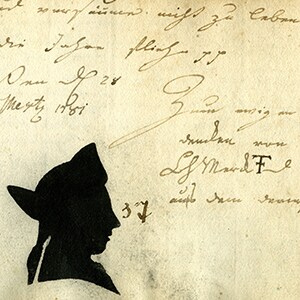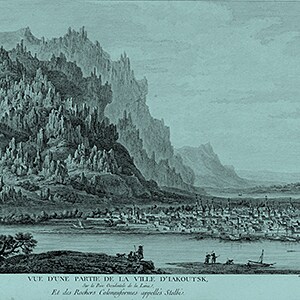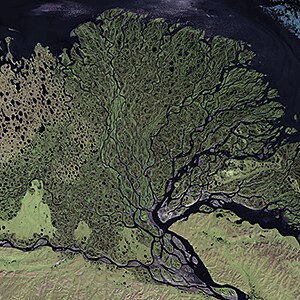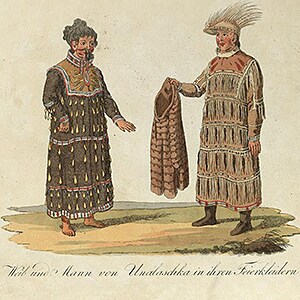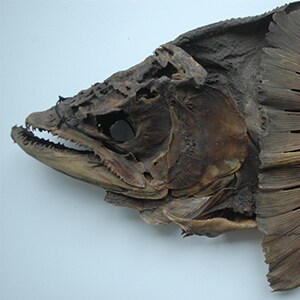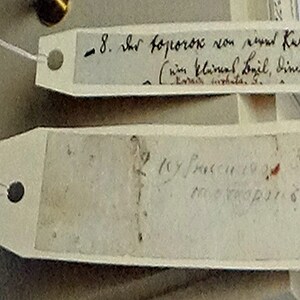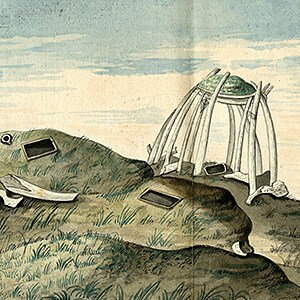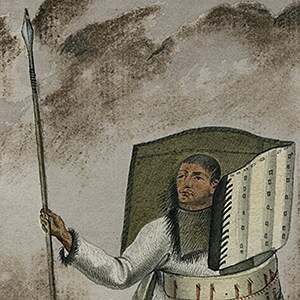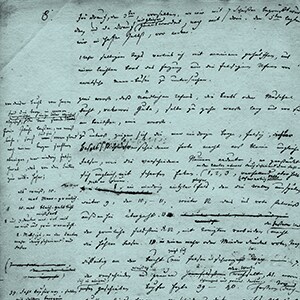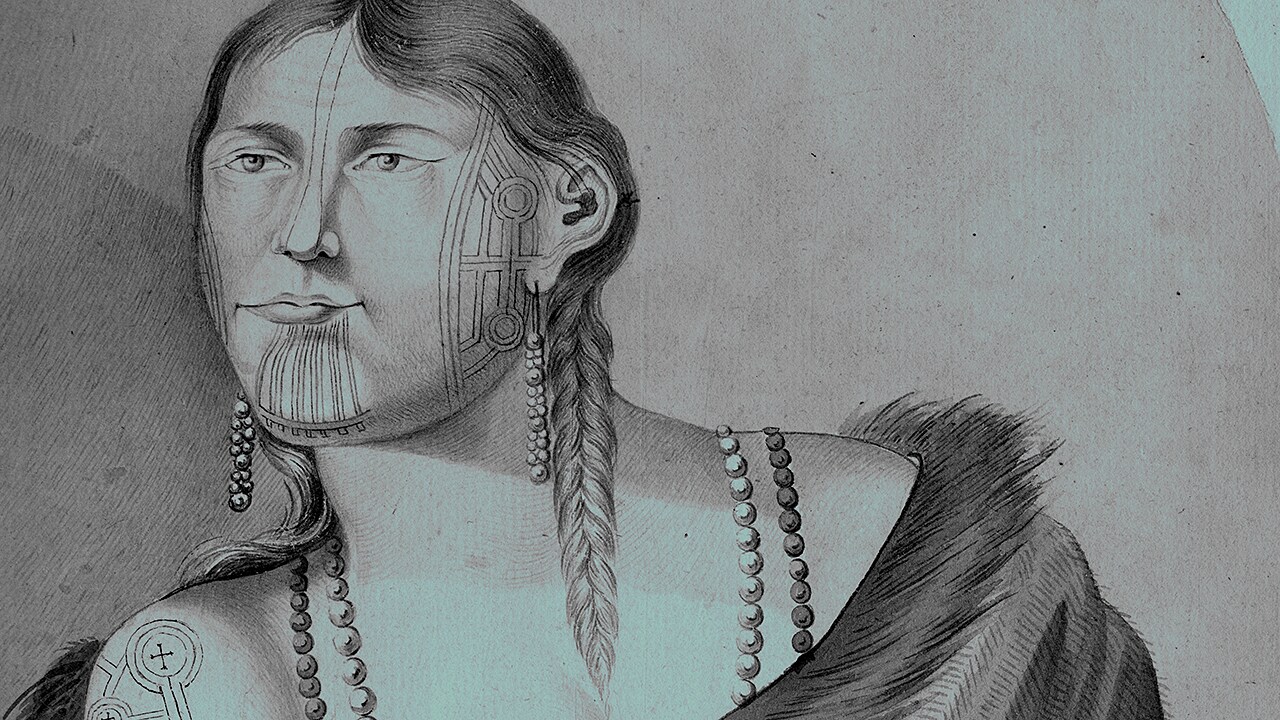
»They hardly know any means to treat illness other than bloodletting, unless one considers the quackery performed by their shamans to be a remedy...«
Journal entry, July 1791
Carl Heinrich Merck’s life and career begins in a rather unspectacular fashion. Born in Darmstadt in 1761 and raised in Alsfeld, a city in northern Hesse, he studies medicine and obtains his doctorate in Giessen in 1784.
But then his life takes an interesting turn. Following the advice of his uncle, Johann Heinrich Merck, he enters the service of the Russian Empire. He sets out for St. Petersburg in 1785 and, after passing an exam allowing him to practice medicine in Russia, becomes a physician at a hospital in Irkutsk, a town located on the shores of Lake Baikal. And this is where things get even more interesting. Peter Simon Pallas, a universal scholar and one of the most influential members of the St. Petersburg Academy of Sciences, hires Carl Heinrich as a natural scientist for the last major scientific expedition made by the Russian Empire in the 18th century. Later known as the Billings-Sarychev Expedition (1785-1793), this team sets out to chart the vast region between the Chukchi and Kamchatka Peninsulas, the North American coast and the Aleutian Islands, ultimately claiming this territory for the Russian Crown.
The voyage begins for Carl Heinrich in 1786 with a journey to Yakutsk, where the expedition lingers for a time before embarking on the long trek north. Once there, they intend to set sail from Okhotsk, taking the Northeast Passage to Alaska. However, this challenging undertaking fails, so the team ends up spending the winter in Kamchatka. In 1790, they begin the journey to Alaska by way of the Aleutian Islands, returning to Okhotsk two years later.
Carl Heinrich thus spends eight years traveling in these regions. Instructed to record all of his observations, he documents the flora and fauna, the weather, and the topography that he encounters over the years. For instance, he writes: »In order to collect the plants and rocks along the Vilyuy River, as well as to visit the salt cliffs that are located near this river, I set out from Yakutsk on horseback with our sketch artist and a hunter.« He collects botanical, animal and mineral specimens and attempts to understand the medicinal practices of the indigenous peoples.
However, he is most interested in the people themselves, and his ethnographic drawings of the Chukchi, Yakut and inhabitants of the Aleutian Islands will become highly significant artifacts. Merck is considered the first person to describe the Paleo-Asiatic ethnicity of the Chukchi people, who had avoided all close contact with the Russians until the end of the 18th century. The journal is a fascinating document that opens a window onto the day-to-day experiences of the scientific expedition. It has become a key resource for today’s ethnographers.
»On the southern mountain range, five tributaries divided into multiple branches flow into the Lena, forming many islands that the Yakut people inhabit towards winter until the river ice melts. But they return to living in the low mountains throughout the summer.«
»[We] reached Nenülii or Ninchylii Island (500 versts from Yakutsk); in terms of fish, it contains particularly large crucian carp and minnows, along with pike and perch. It rained the whole night through last night, but in the morning the rain turned into a snow blizzard, thus preventing us from venturing out of the Yakut fishing huts today.«
»The Chukchi are divided into two groups, the Reindeer Chukchi and the Sedentary Chukchii; for the former group, multiple families keep together from summer through to autumn, next to the homes of the latter group, driving their herds several days journey inland away from the sea to reach the pasture lands. For only few of these families live permanently on this side of the Anadyr River.«

